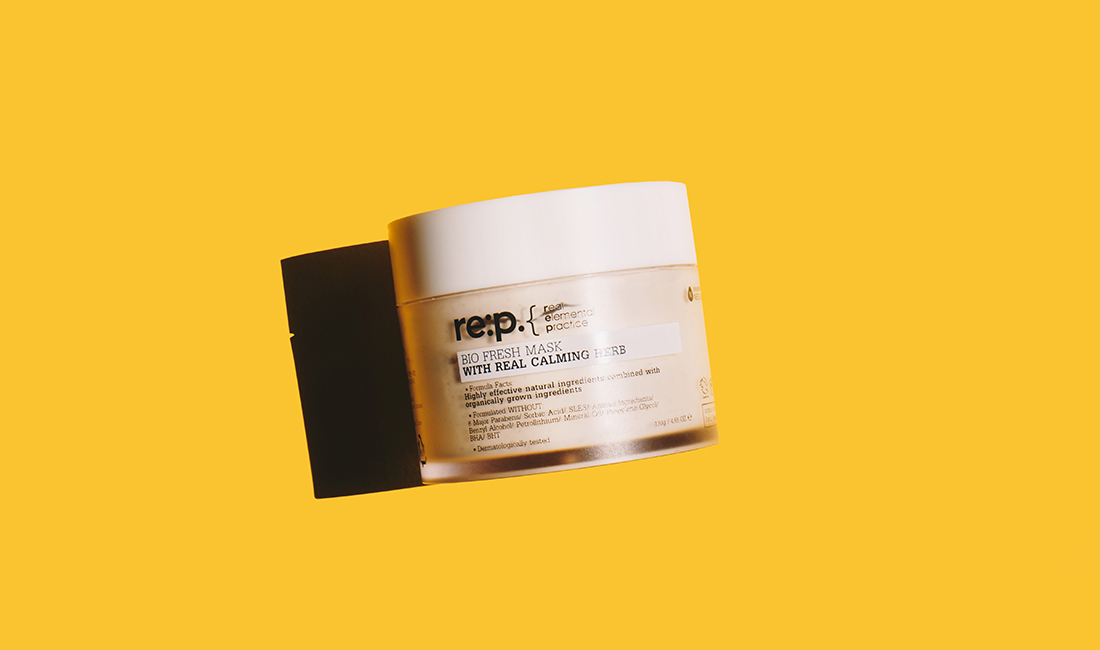If you’re tired of mattifying powders and blotting papers, then it’s time for a change. Read on to see how you can keep your oily skin under control for good.
Sure you may be born with an oily skin type, but that doesn’t mean you have to struggle with it forever. Here are six tips you can try right away to keep excess oil at bay.
1. Start using an oil cleanser.
If you haven’t already, it’s time to invest in an oil cleanser. Most people with oily skin tend to avoid oil cleansers because they believe that using an oil-based product will make their skin even oilier. But think about it this way: Water attracts water, and oil attracts oil. You need oil to properly break down oil. Using an oil cleanser will remove excess oil without leaving your skin dry and tight.
The Banila Co Clean It Zero Cleansing Balm Purifying is a cult classic formula that’s infused with natural ingredients that help deep clean and mildly exfoliate pores to prevent breakouts.
2. Avoid harsh cleansers.
Those with oily skin tend to gravitate towards cleansers that leave the skin feeling squeaky clean. But that’s the exact opposite of what you want to do. When you use harsh cleansers, especially ones that contain SLS aka sodium lauryl sulfate, they can temporarily remove excess oil. But this can also leave skin dehydrated and deprived of essential moisture.
According to dermatologist Kavita Mariwalla, using skin care products “that are too drying can increase oil production.” So instead, use gentle, nourishing cleansers that will keep oil at bay while moisturizing the skin.
The Commleaf Rice Purifying Foaming Cleanser features natural surfactants that are effective yet won’t cause irritation, along with moisturizing deep sea water. If you want an easy fix, you can pick up Neogen’s Carrot Deep Clear Remover Oil Pad. These embossed pads are soaked with oil for an easy, yet effective, cleanse.
3. Exfoliate regularly.
When you have oily skin, it’s important to exfoliate on a regular basis. Excess dead skin cells will not only clog pores but also dehydrate the skin. This is because the buildup of dead skin cells prevents your skin care products from effectively penetrating the skin. As a result, your skin becomes dull and dry, and oil kicks in to lubricate the skin, resulting in an oily sheen.
The Some By Mi AHA-BHA-PHA 30Days Miracle Toner contains both AHAs and BHAs to keep pores clear, treating and preventing breakouts. The formula also tightens pores, controls sebum production, and balances skin.
4. Hydrate, hydrate, hydrate.
The most important tip on this list is this one: Keep oily skin hydrated. The more dehydrated your skin gets, the more oil it produces. So instead of using harsh products that strip the skin of moisture, always stick with hydrating ones.
The d’Alba Piedmont No Sebum Repair Cream contains sebum-controlling calamine powder, brightening white truffle, and firming amino acids to keep the skin healthy and hydrated while preventing excess oils from coming to the surface. Plus, it has a fast-absorbing, lightweight texture.
Another moisturizer to try is the Tony Moly Chok Chok Watery Green Tea Cream. The lightweight gel is formulated with lemon seed oil and rosewood oil extract to deeply hydrate skin and green tea to soothe inflammation and irritation. This moisturizer is perfect for those with oily and acne-prone skin.
5. Add a linoleic acid to your routine.
Research has shown that those who suffer from oily, acne-prone skin tend to have lower levels of linoleic acid in the skin. Linoleic acid is essentially an omega 6, an unsaturated fatty acid found within the skin’s surface lipids. When skin is low in linoleic acid, the oil in the skin becomes thicker and more likely to clog pores, which can result in increased oil production and acne. Supplementing skin with oils high in linoleic acid will balance oil production and help prevent acne.
One of the most well-known ingredients rich in linoleic acid is fermented black soybean. Packed with wrinkle-fighting omega acids, it’s known to protect skin from environmental stress and keep your skin looking bright and young. Beauty of Joseon’s Revitalize Sleeping Mask is the perfect overnight mask to keep oil in check and provide linoleic acid to the skin, and it can keep oily skin hydrated and balanced. The mask also contains ginseng and orchid to brighten and target signs of aging, all while making skin smooth and supple.
6. Use a clay mask every week.
Oily skin types should “consider [using] a clay mask or clay foaming cleanser,” Dr. Mariwalla suggests. Clay draws out oil and impurities and reduces oil production to purify the skin overall. As always, be sure to stick with moisturizing clay masks that won’t strip the skin of moisture.
The RE:P Bio Fresh Mask With Real Calming Herb is formulated with kaolin clay, a mineral-rich clay, that absorbs oil to make your skin softer and smoother. This mask also contains crushed calendula and chamomile to gently exfoliate the skin while reducing inflammation.
















